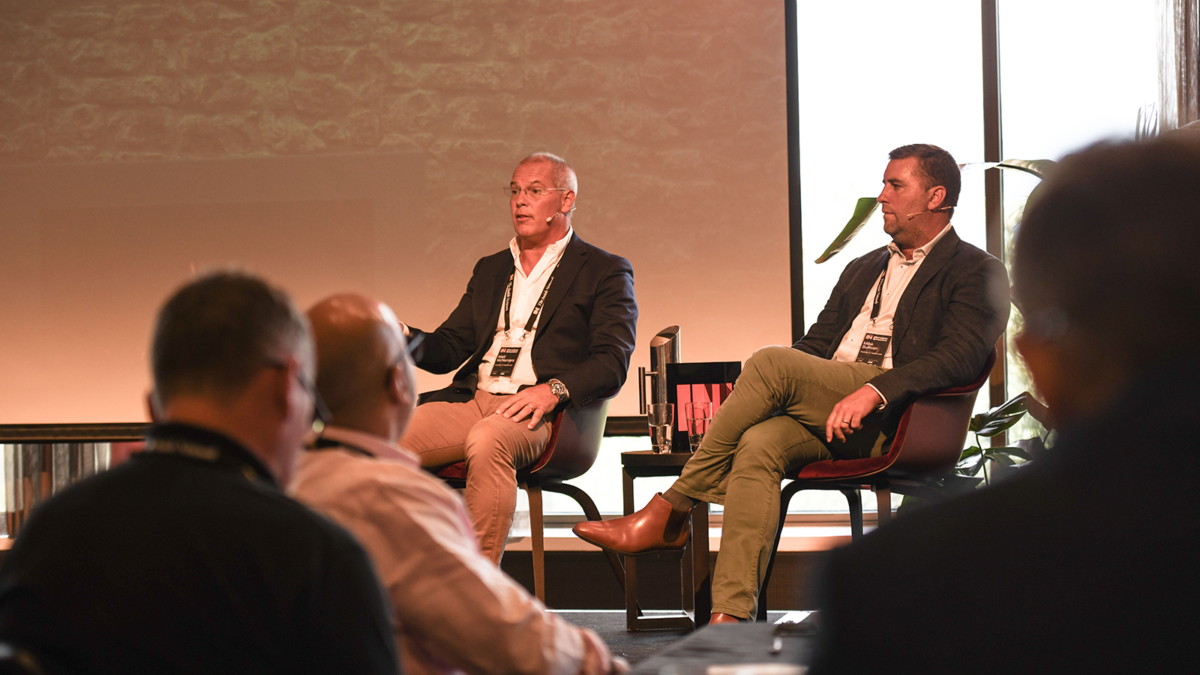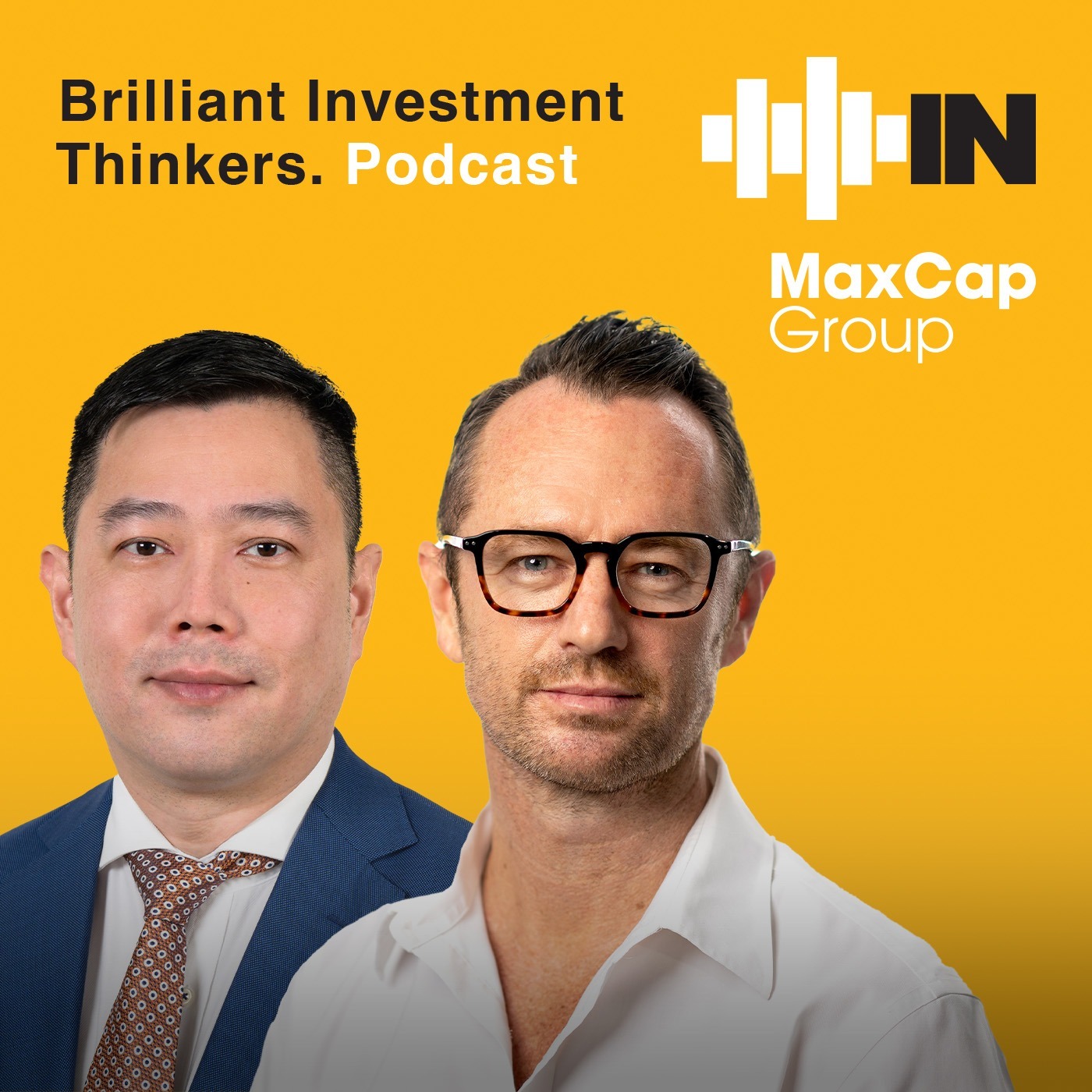The stage is set for an evolution in trading
The attack on short sold stocks in the past week has caused a frenzy of comments on the participation of so-called retail investors. Where this will end up is anyone’s guess, but what is increasingly clear is that equity markets are no longer at the behest of traditional investors.
Nasdaq has weighed into the argument with a lengthy analysis of who trades on US markets. The US has a more liquid market than Europe or Asia. While that is likely to sound obvious, there is no fundamental reason why, baring the nature of the participants and importantly, a low cost of trading. Nasdaq provides a neat diagram illustrating the broad nature of equity exchange.

Mutual and pension funds, retail investors, ETFs and even hedge funds only contribute directly to 30 per cent of the liquidity on the exchange. The bulk is provided by market makers, options and futures arbitrage and wholesaler facilitation. Index funds have often been cited as high trading entities, but barely register outside the rebalancing periods. Similarly hedge funds do trade more than mutual funds yet are too small a cohort to make a difference.
Retail investors are meaningful as holders but not as contributors to liquidity, at around 6%. The primary reason is that they trade more stocks with lower prices than the market average.
Nasdaq has made a stab at the 70 per cent of liquidity that is provided by intermediaries, yet state that there is only fragmented data on who they are. The phenomena on the rise in late day trading is linked to the trading activities of opportunistic (intra-day mispricing) and option or swap contracts.
The conclusion is that index funds don’t trade enough to permanently distort prices and that price discovery remains the domain of active and hedge funds. Most of the liquid trading in the market is, however, about risk transfer rather than based on any analysis of stock pricing fundamentals.
The new rise in the participation of active retail traders that source their decisions from websites and social media is another component, though at this stage an insignificant part of the whole picture. What is does highlight is that equity market pricing is fighting a battle to stay anchored to traditional trading and valuation techniques.
It by no means distracts from the doggedly solid returns achieved by a small cohort of active managers but adds to the problem of the large swathe that don’t beat the index in part due to the still large fee structures.
In the past year, the notional 60/40 equity bond portfolio has come under fire given the challenging returns bonds could achieve at current rates. Perhaps the next leg to fall is the high structural weight to long only equities in most Australian portfolios.
The case can be made for a smaller overall allocation to long term, private equity like holdings where judgement does not fall on 1-3 year relative returns, combined with index, factor or thematic ETFs.
The bulk of the rest of the portfolio would then have to sit within private markets, alternatives such as market neutral strategies and illiquid real assets.











